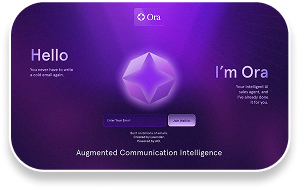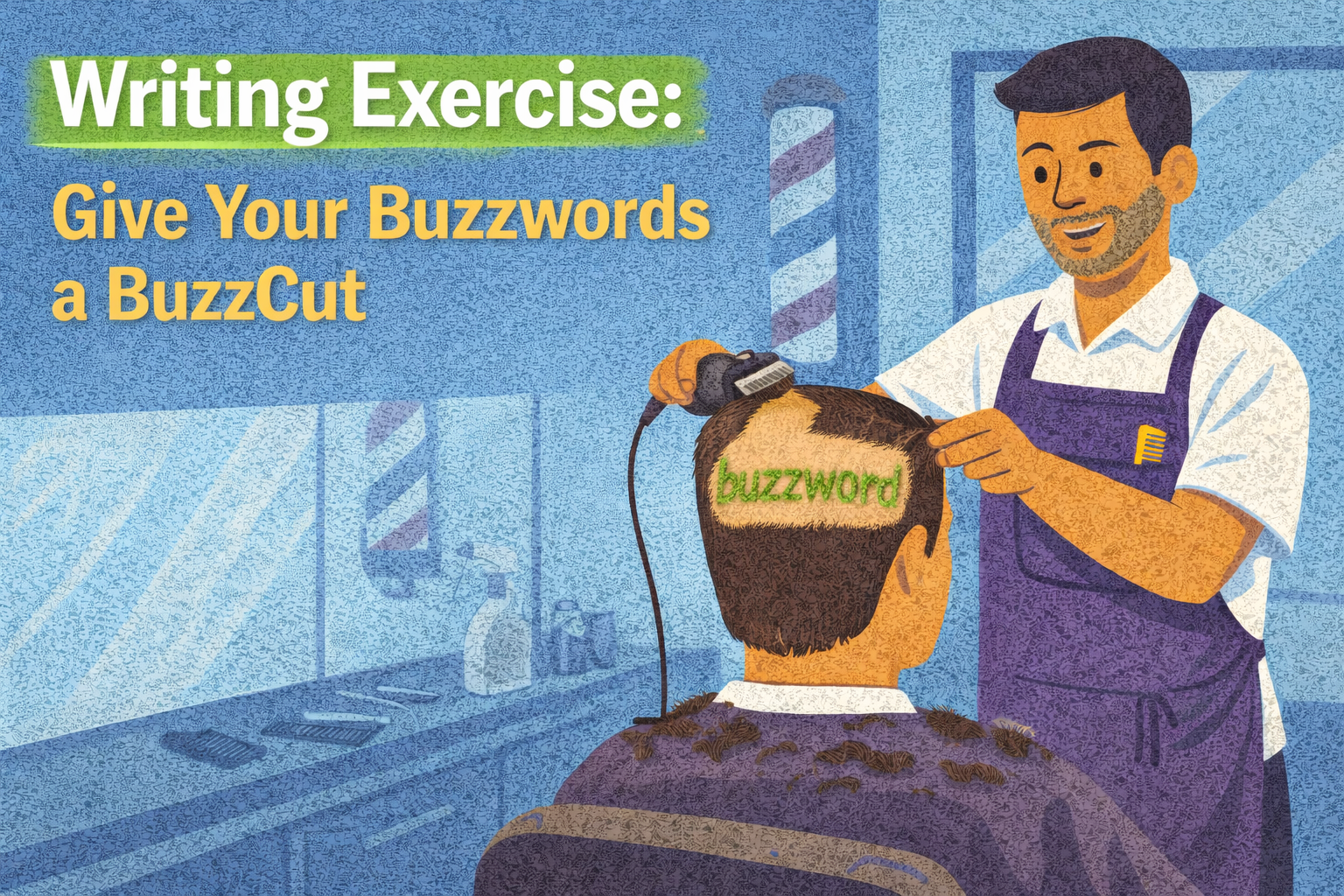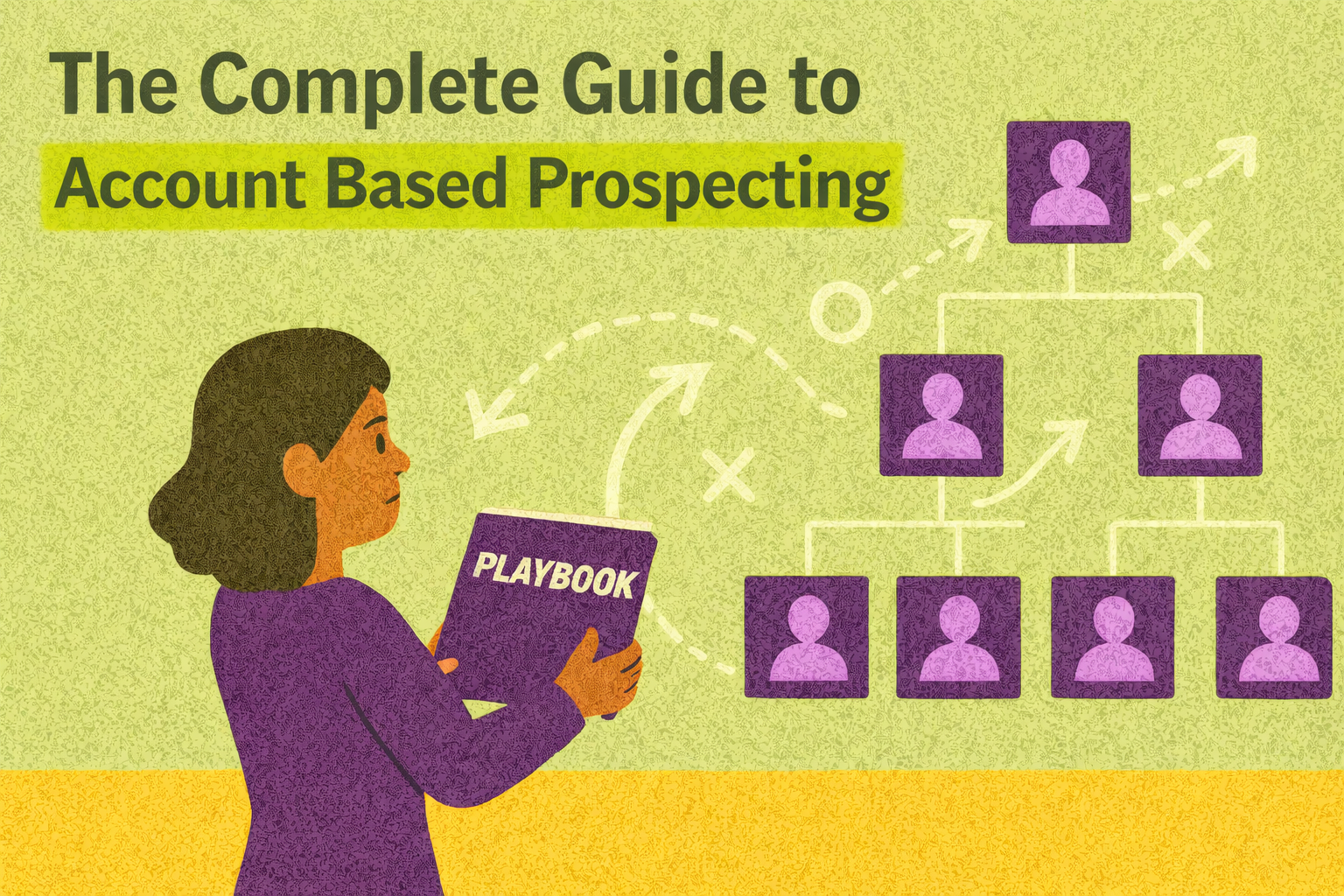How to Stand Out in Sales: Write Call-Prep Notes Your AE Will Love
The SDR to AE handoff process is crucial. Crafting effective call prep notes is one of the best ways to make this process smooth for all parties. Here's a template and a few tips to find deal note success.

If you’re a sales development representative, your job is to source qualified pipeline.
Providing your account executive with ideal customer profile (ICP) prospects and killer call-prep notes massively increases the odds of meeting your pipeline goals.
I’ve spent a lot of time refining my note-taking process to make it scalable, efficient, and valuable. I’m going to break it all down for you.
But First, the Receipts
Before we go any further, why should you listen to me? Here’s some feedback I received during my SDR days from a former AE and chief revenue officer (CRO) about my prospecting and opportunity notes:


The best part: there’s nothing difficult or time-consuming in my process. I’ve just systematized it to the point where consistent quality results are the only outcome.
The High-Level Overview
- Start with prospecting notes and pre-call notes templates (steal them here - take anything relevant to your ICP/sales process and throw out the rest)
- Use a note-taking tool to sync with your CRM and send to your AE (I use Scratchpad).
- When prospecting a new account, set a timer for 10-15 minutes, find as much relevant info as possible, and fill in the corresponding fields.
- When prepping for a meeting booked with that account, follow the same process with the pre-call template.
Here’s why this approach works:
With this process, you build a hypothesis of:
- Why you’re reaching out to these specific prospects in the first place (what need we can solve)
- Why they’re meeting with you (once they agree to a meeting)
The result: Your outreach is targeted and relevant to their pains, and their discovery is focused on digging deeper into that rather than gathering surface-level info.
Template Breakdown
This is how I approach each of the fields in my notes template. Whenever I’m adding something or looking for information, I always try to think about how that bit of info could provide leverage or valuable context for the AE in their calls. (The same principle applies if you’re a full-cycle AE sourcing your own deals).
Bonus: if you move into an AE role in the future, you’ll already be well versed in identifying pain and finding relevant solutions.
Prospecting Notes
Hypothesis: What problem do you think your prospect has that you can solve? I generally write this one last. I combine everything I’ve learned from my account research to create this.
Relevancy/Reason for outreach: (Observation + Insight/Problem)
Why are you reaching out in the first place? What are you observing about this account that makes you think they’ll be a good fit for the problems you solve?
This is critical to know when you’re doing outreach. Creating compelling messaging will be difficult if you don’t have a solid reason for reaching out.
About the company: When was the company founded? What does it do (one to two high-level sentences), how many employees are there, where is it based, and who are some notable customers? A quick Google search gives you this info. (Or try Lavender’s Personalization Assistant to bring it all into your inbox.)
Names of key contacts: Include key leadership/buyer personas in the department you’re selling into. I hyperlink their LinkedIn pages.
For example, if you’re selling to sales leaders, include a few VP of Sales, Sales Ops, CRO, CEO, etc. It’s helpful to have these names on hand for next step progressions.
Hiring: Check out their website to see if they’re hiring. What job roles are open, and are any for the department you’re selling into?
Bonus: Read some of the open job descriptions to find out more about any pains they’re currently experiencing.
For example, suppose you sell a tool that helps with pipeline forecasting, and they have open AE roles that mention the importance of accurate forecasting and CRM hygiene. In that case, that’s relevant to your outreach messaging.
G2/Glassdoor: Visit popular review sites — what is your target company’s quota attainment like? What do reviews say about culture? What are their customers saying about their offerings?
One of these data points will likely be more relevant than the rest, depending on the problems you’re solving, but it’s helpful to have a general pulse check.
First degree connections: Is there anyone in your network at this organization? (Check on LinkedIn).
Inside intel: Perhaps you spoke with an individual contributor at this account and found some useful intel — add it to the notes.
Funding: When was their last funding round? What were they raising the money for? (Use websites like Crunchbase to find this information.)
Pro tip: Find the fundraising article, throw the URL into ChatGPT (or copy and paste the article), and ask it to summarize the main business objectives of the round.
Earnings calls: For publicly traded companies, same tip as above. Find a call transcript, throw it in ChatGPT, and ask for the primary business focus and challenges. Here’s a prompt I've found success with.
Insights: LinkedIn → company page → Insights tab. This will show you headcount trends by department, key hires, job openings, etc.
Recent key hires: From the insights tab, link any recent leadership hires in relevant departments (this can also help indicate current company priorities).
Email/Call interactions: Are there any past interactions with the org in your sales engagement platform? Link them in this field and summarize any key insights.
Relevant screenshots: Think about including: ads, news articles, important email responses, etc.
Pre-call Notes:
Now for the fun part: using all of the learnings from your prospecting process to arm your AE for a killer call. Good news, most of these fields in this template are the same, so you’ve already done a lot of the hard work. There are a few key additional ones though, and here’s how I’d use them:
Meeting with: Who is on the call? How long have they been at the org? What are they in charge of? Have they shared any relevant LinkedIn posts about this particular pain? Add any relevant info here.
Reason for Meeting: Why did they take the call? Link any relevant emails, calls, and LinkedIn interactions in this field (depending on how the meeting was booked).
Include any information you think is relevant to the conversation, and tweak the contents of those notes with anything new you learned from booking this meeting.
If you are selling a particularly complex tool, narrow in on the specific use case on which the call will focus.
And that’s it!
I created this process as an SDR, and it never failed me. Now that I’m an AE, this habit of finding true relevance in my deal cycles has been incredibly helpful. I’ve also been able to see first-hand the difference it makes to jump into a demo with a deep understanding of your prospect. SDRs, this is truly a place to stand out. Your AE will thank you. 🙂
Tl;dr: Steal the notes templates here, make them your own, add time constraints for your research, and add it to your sales process. Then, go profit.







